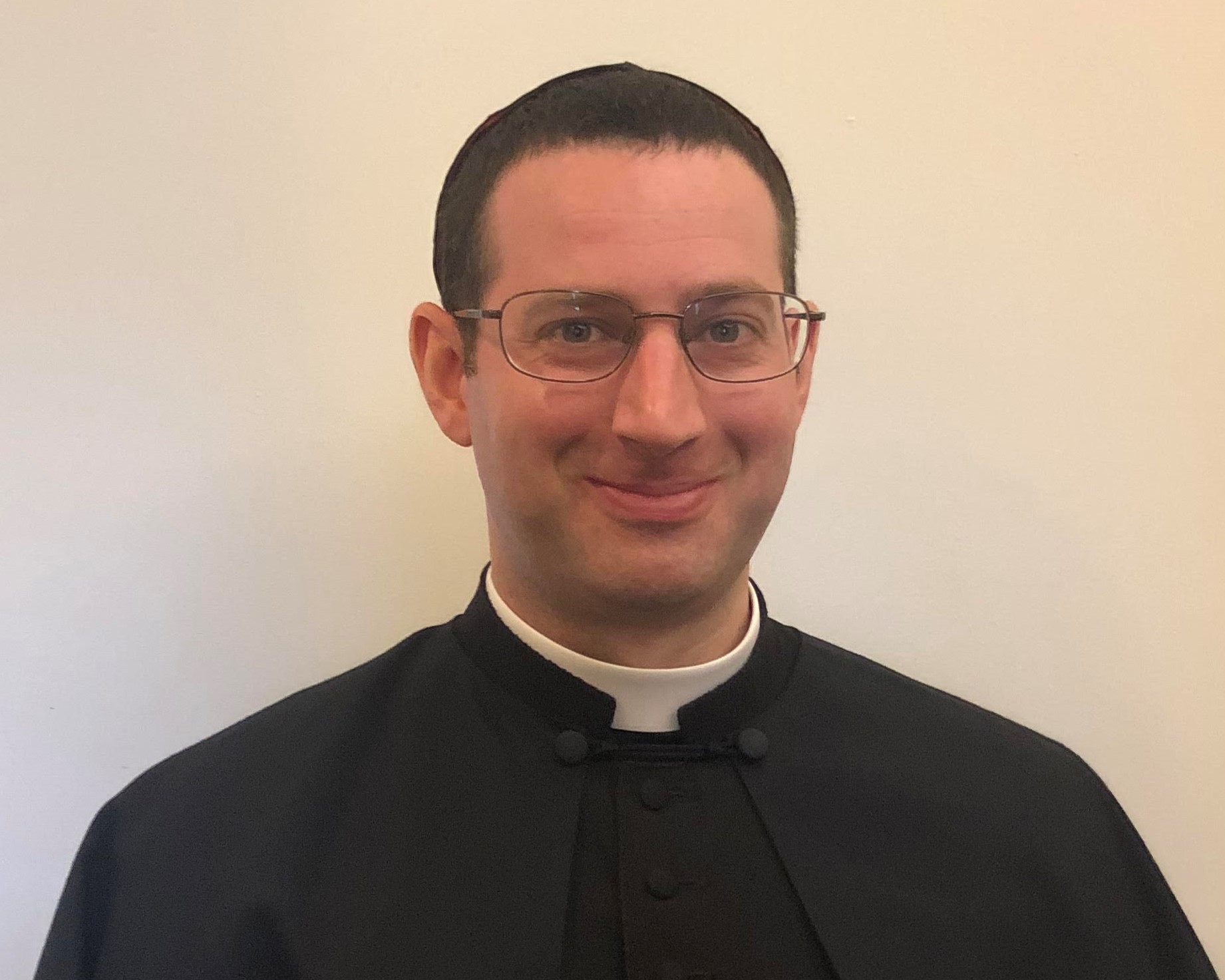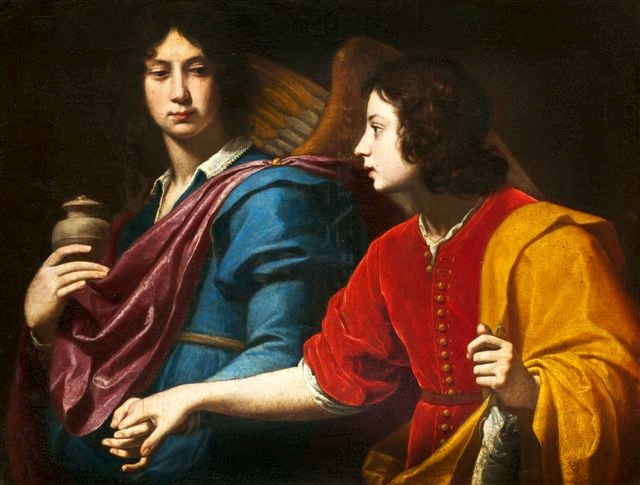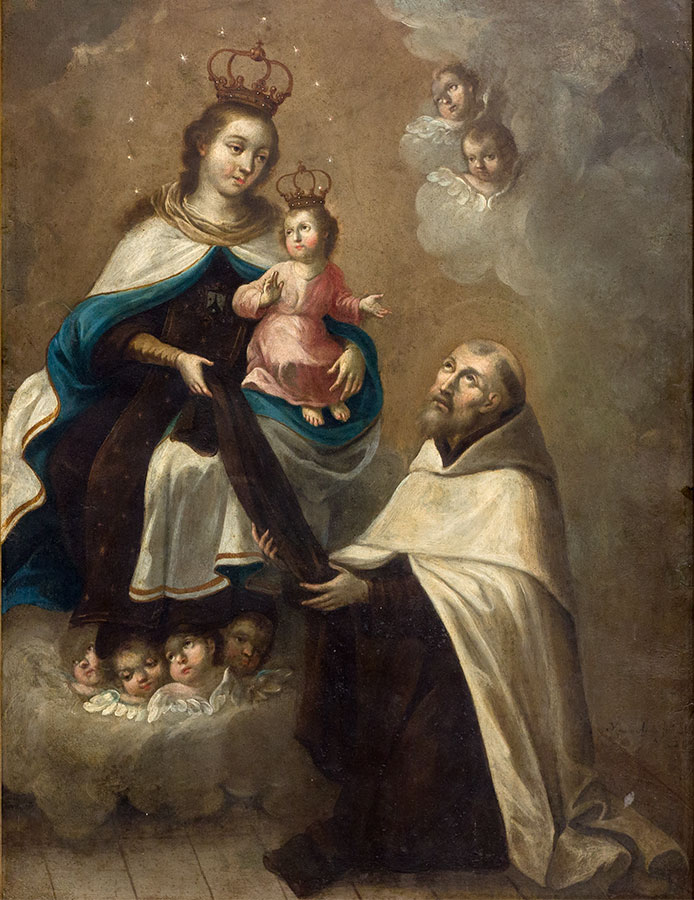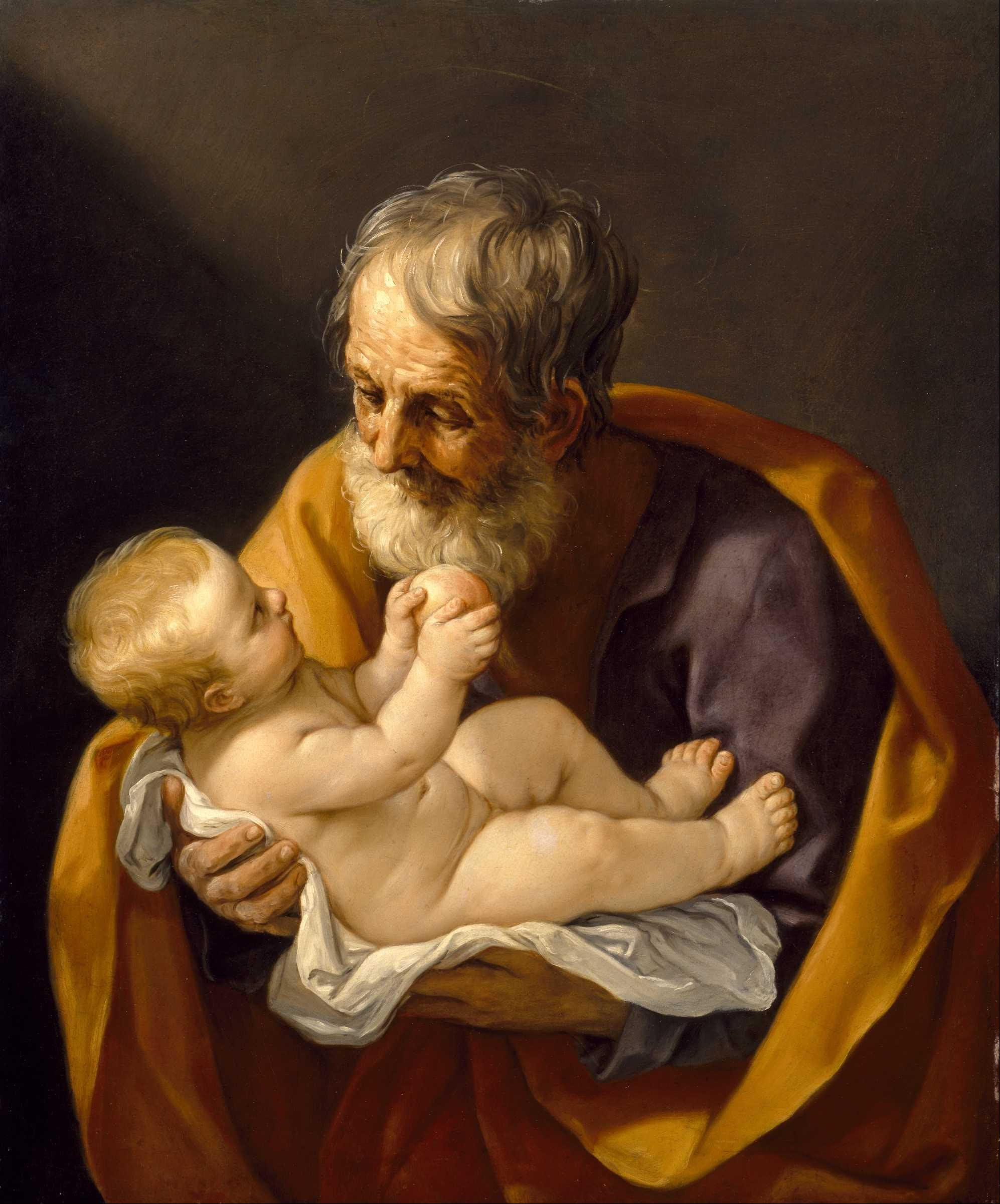Halloween is rightly and properly a Catholic day. While this has been obscured and denied, Catholics should reclaim what is properly theirs. One of the ways this can be done is by practicing the virtues which their forefathers in the faith practiced on this day, namely the virtues of penance, generosity or liberality, and eutrapelia, all explained below.
Penance – the virtue by which man readily inclines both to sorrow for sins committed and to a firm purpose of amendment.
The word “Halloween” comes from a contraction of “Hallows’ Eve” which itself is short for “All Hallows’ Eve.” As Christmas Eve is the Day before Christmas, All Hallows’ Eve is the day before the Feast of All Hallows, better known as the Feast of All Saints. “Hallow” is associated with “Holy” or “Sanctified.” English-speaking Catholics are probably most familiar with this word as it appears in the Our Father – “hallowed” that is “’sanctified’ be Thy Name.”
Liturgically, All Hallows’ Eve was titled “the Vigil of All Saints.” Note here that Vigil means “a day of penance preceding and in preparation for a feast,” not a Mass said in the evening before (which is technically an “anticipated Mass”). There are only a few Vigil days of this type left on the 1962 Roman Liturgical Calendar (such as the Vigil of Christmas – which is not the Midnight Mass – and the Vigil of Sts. Peter and Paul). The Vigil of All Saints had its own Mass and Office of the Day. Like all days of penance, the color of the day was violet, which was changed to white/gold for the First Vespers of All Saints. According to the 1917 Code of Canon Law, the Vigil of All Saints was a day of fasting and abstinence. This was the case up until 1955 when this Vigil and its associated penance was suppressed. Even though the Vigil of All Saints and its associated penance is no longer officially observed by the Church, this does not mean the faithful cannot voluntarily undertake acts of penance on this day. By so doing, they will keep the day as their Catholic forefathers would have.
Liturgically, it would be fitting for the Priest to celebrate a Votive Mass for the Forgiveness of Sins on this day as it is a feria on the 1962 Roman Liturgical Calendar. This Mass would be said in violet (as the Vigil Mass would) and, as it would have a penitential feel to it, it would be fitting for the day.
Generosity or Liberality – the virtue which regulates the love of temporal goods and makes man ready to distribute his goods according to the dictates of right reason.
Allhallowtide (All Hallows’ Eve, All Saints, and All Souls) is a three-day celebration which reflects upon the hereafter. The historical development of this season naturally gave rise to doing works of mercy, both corporal and spiritual, with one’s own final destiny in mind. As such, the faithful would give alms to the poor, particularly foods of the season such as apples, nuts, and berries.
Additionally, the faithful would pray for the repose of the souls of the faithful departed to help them the more quickly be delivered from Purgatory. Children in some parts of Europe would go from house to house singing for “soul cakes” in exchange for which they would pray for the departed of the household. The Church, ever solicitous for her departed children, has assigned indulgences to the first eight days of the month of November. On these eight days, a plenary indulgence (under the usual conditions), applicable only to the Poor Souls, is granted to those who visit a cemetery and pray, even if only mentally, for the departed. Partial indulgences are granted to those who recite Lauds or Vespers of the Office of the Dead, and to those who recite the Eternal Rest Prayer (Requiem aeternam dona eis, Domini, et lux perpetua luceat eis. Requiescant in pace./Eternal rest grant unto them, O Lord, and let perpetual light shine upon them. May they rest in peace). On All Souls Day itself, a plenary indulgence (again, under the usual conditions) for the Poor Souls can be gained by those who visit any parish church or public oratory and there recite one Our Father and the Apostles’ Creed (a cemetery visit is not required). Only one plenary indulgence may be granted each day, but a partial indulgence may be granted more than once a day.
It would be fitting for the faithful today to perform works of mercy during this time, especially undertaking to earn the indulgences which the Church makes available during this season.
Eutrapelia – the virtue which regulates recreation and play according to right reason.
The works of mercy on All Hallows’ Eve gave rise to the expectation that any who entered into a house would be provided with food. This gave rise to family, friends, and neighbors visiting each other in disguise demanding food. Even though everyone recognized each other, everyone played along pretending they did not know one another. This practice, called “guising” or “mumming,” was also practiced at other times of the year, such as Christmas. These “guisers” also threatened minor acts of violence if their demands were not met by the host of the house. For some reason, they would sometimes also carry carved vegetables which contained a candle to serve as a lantern. Halloween, then, became a time when the usual social norms were relaxed, and a bit of whimsical amusements were enjoyed. These practices, along with the singing for soul cakes, gave rise to the modern practice of costume wearing, trick-or-treating, and carving jack-o-lanterns.
The faithful can enter into the joyful and playful aspect of Halloween as it was kept by their forefathers. After attending Mass, if possible, and keeping the fast, the faithful of today can band together with likeminded Catholic families to celebrate in a manner more in keeping with these historical roots. In the evening, it is acceptable to dress up (so long as the costumes are appropriate, modest, and not ghoulish). Trick-or-treating for candy can be done, if this can be coordinated with enough families, in a safe environment, avoiding the danger of being exposed to undesirable things in the secular order. As a preferred alternative, a house party could be held. There could be pumpkin carving either on the day of or in the days leading up, with appropriate images. The seeds and innards could be used for various foodstuffs. Regarding other types of food for the gathering, there could be apples and apple cider, nuts, berries, pears, popcorn, soul cakes, and other traditional Halloween foods. There could also be various types of games.
With regards to decorating, All Hallows’ Eve’s liturgical color is historically violet, All Saints is white or gold, and All Souls is black. Back, gold, white, violet. Add in the autumn orange and you have the colors customarily associated with Halloween. With this in mind, decorating with these colors would be appropriate. Items which evoke memento mori (remembrance of one’s mortality and unavoidable death) – such as skulls, bones, coffins, hour glasses, wilting flowers – could also be use so long as they are understood in this sense. But anything which glorifies the ghoulish, the occult, or the things which go bump in the night should be avoided. A bonfire could also be lit.
May the above brief sketch aid the faithful in keeping Halloween as their Catholic forefathers would have, and, in so doing, may they have a very happy and virtuous Allhallowtide.
Note: The definitions of the virtues presented in this article are derived from Dominic Prümmer’s Handbook of Moral Theology. Information about the history and practices is mostly taken from Tim O’Neill’s article Is Halloween Pagan? The websites Fisheaters and Liturgical Arts Journal were also consulted.







